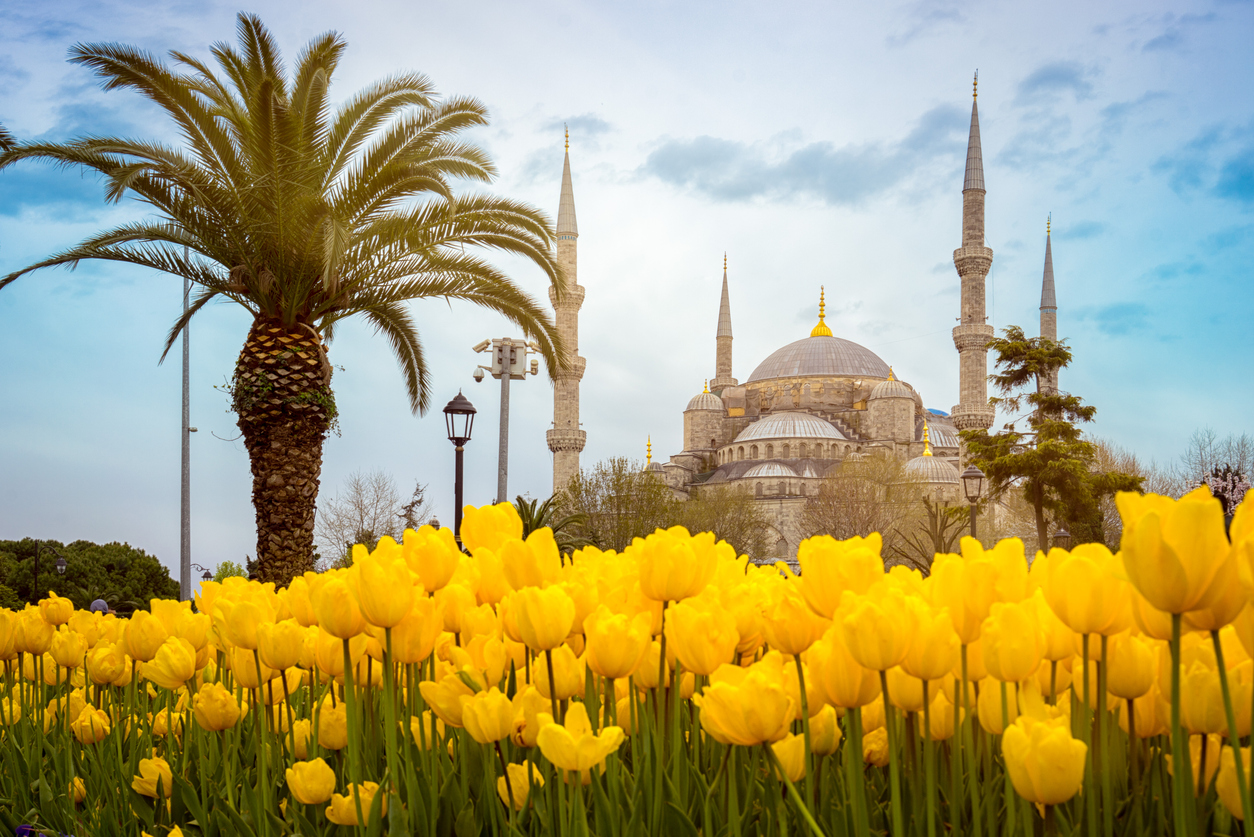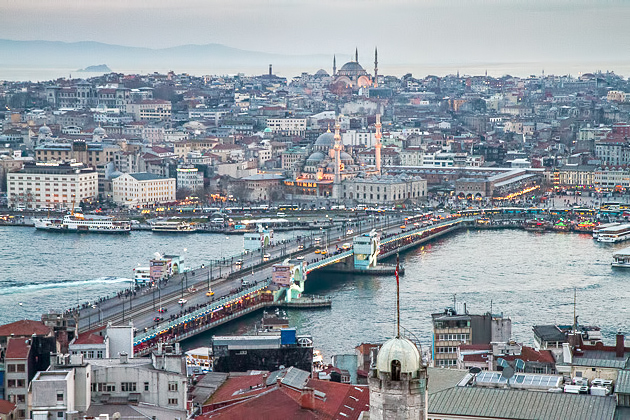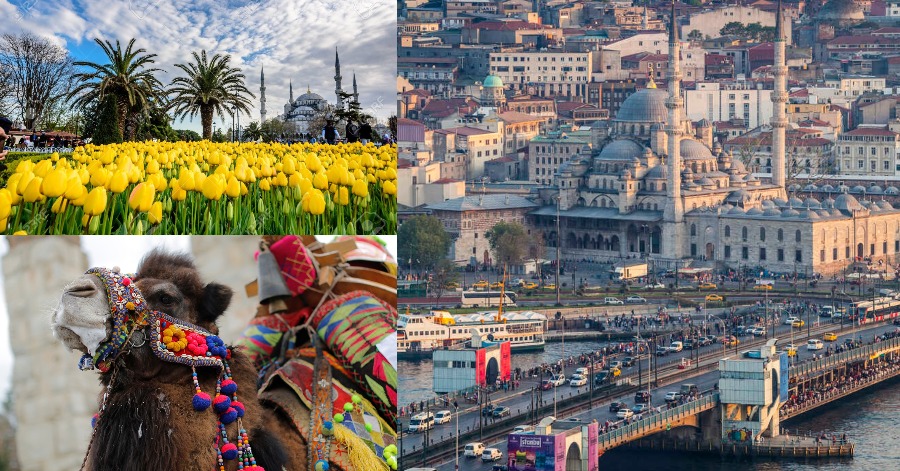Turkey, known as the Republic of Turkey is a country bridging Europe and Asia. It shares borders with Greece and Bulgaria to the northwest, the Black Sea to the north, Georgia to the northeast, Armenia, Azerbaijan, and Iran to the east, Iraq to the southeast, Syria and the Mediterranean Sea to the south, and also the Aegean Sea to the west.
Turkey is a popular tourist destination known for its Mediterranean coastline, impressive mosques, and stunning natural scenery. But there’s also a lot that travelers probably don’t know, just some of the most interesting, and surprising facts about Turkey are given below. These are 5 facts about Turkey that you might not know about.
1) There Are No Native Camels In Turkey, But There’s An Annual Camel Wrestling Festival

Every year, the Selçuk Efes Camel Wrestling Festival, established by the Turkic tribes more than 2,000 years ago, takes place in Turkey’s southern Aegean coast. The fighting camels, adorned with decorative rugs, bells, and saddles, often come from Iran and Afghanistan.
2) One Of The Mediterranean’s Main Sea Turtle Nesting Beaches Is In Turkey

Located near the tourist summer hot spot Fethiye, Iztuzu Beach is one of the most important breeding grounds for the loggerhead turtle. Every year, the endangered turtles arrive between May and October to lay their eggs on the protected shore.
3) Turkey Introduced Tulips To The World

Even though no one knows where tulips are originally from, it’s certain that the Ottomans loved the flower and helped to make it popular all around Europe. The story goes that a Flemish ambassador, who visited Süleyman the Magnificent, introduced the flower to Holland in the 16th century.
4) Agriculture Began In Turkey

More than 11,000 years ago, inhabitants of Çatalhöyük, a large Neolithic and Chalcolithic settlement in south-central Turkey, were consuming crops such as wheat and barley, which historians accept as the earliest example of agriculture.
5) Leonardo da Vinci Was Almost Responsible For The Galata Bridge

Between 1502 and 1503, Sultan Beyazid II solicited Leonardo da Vinci to design a bridge that would span the Golden Horn. Following the three geometric principles of the pressed-bow, parabolic curve and keystone arch, da Vinci’s design would have been the world’s longest bridge at that time, but the sultan did not approve it.
Sources: Culture Trip.









Leave a Comment